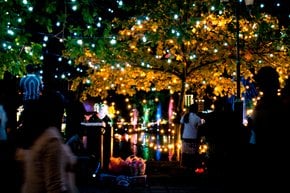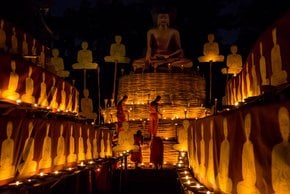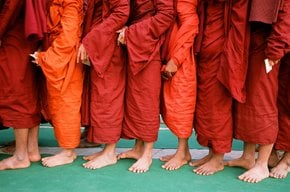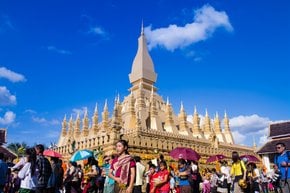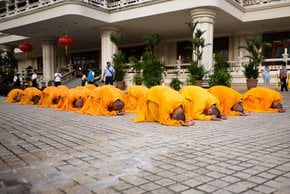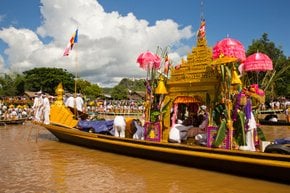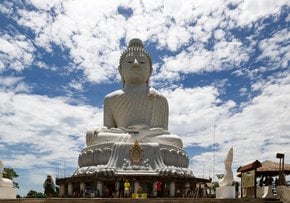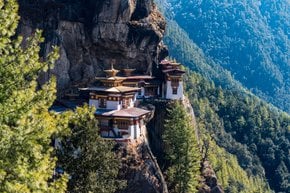Swayambhunath (Monkey Temple) in Kathmandu 2025
The ancient religious architecture masterpiece is towering over the Kathmandu Valley, in the western part of Kathmandu City
Best time: October–December (all year round)
Swayambhunath is the Buddhist temple and UNESCO World Heritage Site, one of the must-see places in Kathmandu. The temple is located on a hill towering over the city and is occupied by hundreds of holy monkeys. The name of the temple means 'Sublime Trees' due to variety of trees growing on the hill. To the Newar people living in Kathmandu Valley Swayambhunath occupies a central position. It must be the most sacred of all Buddhist pilgrimage sites.
The temple consists of a stupa and a variety of shrines and premises. There is a Tibetan monastery, a museum and a library. The stupa is decorated with Buddha's eyes and eyebrows and the Devanagari number one is painted instead of a nose.
You can get atop the hill by a long staircase leading to the main platform of the temple or by car to the south-west entrance.
The temple is open to visitors year round, but the best period if from October through December when it's warm and sunny but not too hot.








